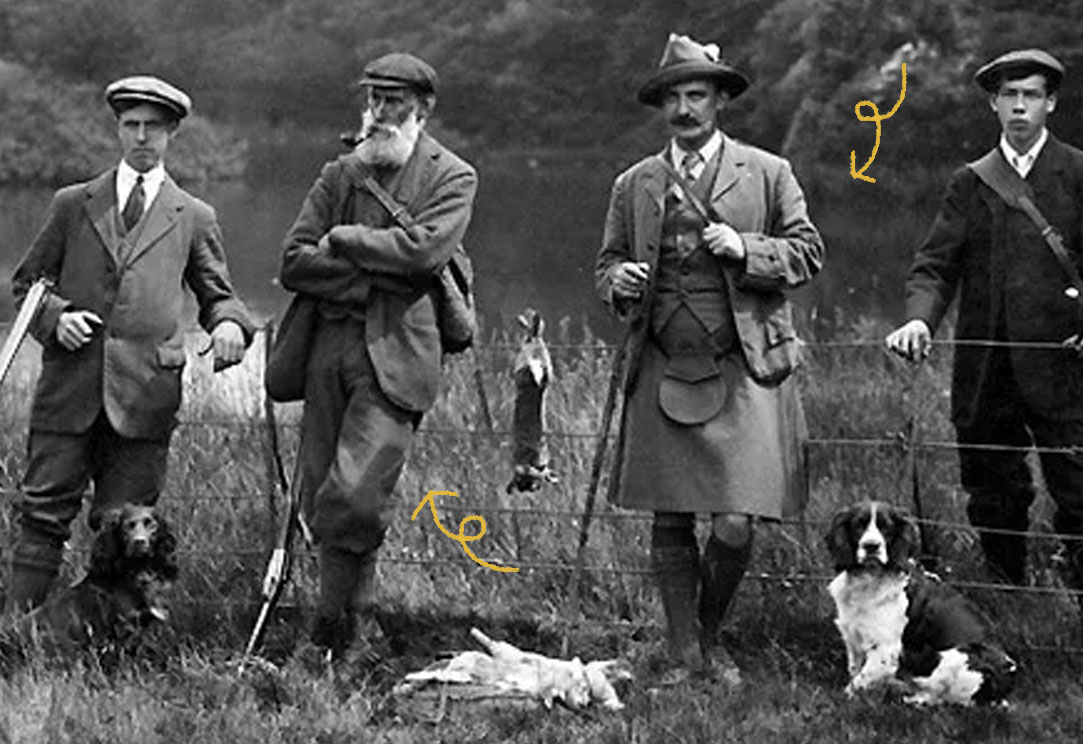Tweed originated in rural Scotland and first emerged as a fashionable cloth in the 1820s and 1830s because two famous men, Sir Walter Scott and Lord Brougham, Lord Chancellor of Great Britain, both began to wear tweed trousers. Throughout the mid-Victorian period, tweed was used to make country sportswear such as shooting jackets due to its warmth, breathability, and association with traditional rural masculinity. In the 1860s, the shooting jacket was refashioned into the lounge jacket and tweed suits quickly became fashionable among cosmopolitan men. At the end of the 19th century, women also began to embrace tweed; the masculine fabric reflected the way women were beginning to challenge Victorian norms and identities. In the 20th century, tweed clothing became more conservative once again due to the influence of the Prince of Wales. It also gained prominence in women’s fashion due to Coco Chanel’s designs and was considered a fashionable yet practical choice during World War II. In the 1960s, tweed once again became more rebellious as it gained popularity among the young, fashionable, and politically progressive set. In 1987, designer Vivienne Westwood reinvented tweed for a new generation with her punk-inspired “Harris Tweed” collection. However, tweed soon fell out of fashion outside of academic circles. Then in the 2010s, it made a brief comeback due to many TV characters appearing on screen in tweed. Today, tweed is most popular in academic and preppy circles, but can be seen as either classic or rebellious depending on the styling, and carries with it a surprisingly complex history.

Your go-to guide for weird history facts
Subscribe to the FREE daily email that makes learning about history fun.


